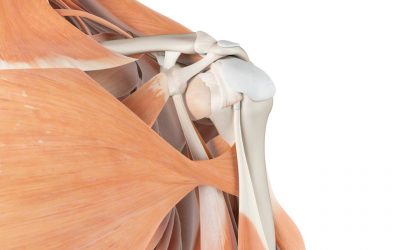What is the rotator cuffThe rotator cuff is a group of muscles and tendons that attach the shoulder blade to the upper arm b More?
Our rotator cuff consists of 4 key muscles and a wide group of tendons and ligaments that hold your shoulder in place. It is one of the most important parts of your shoulder. Your rotator cuff allows you to lift your arms, and carry items around.
What is self-ART?
Active Release Techniques (ART) are a soft tissue method that focuses on relieving tension by the removal of tough tissues/adhesions which can develop as a result of overloading due to repetitive use.[1] These tissue disorders may lead to muscular weakness, numbness, aching, tingling and burning sensations. ART has been reported to be both a diagnostic and a treatment technique, however, although there is little scientific evidence regarding the effects of ART on various pathologies, there is a lot of supporting evidence in anecdotal form and also that based on case reports.
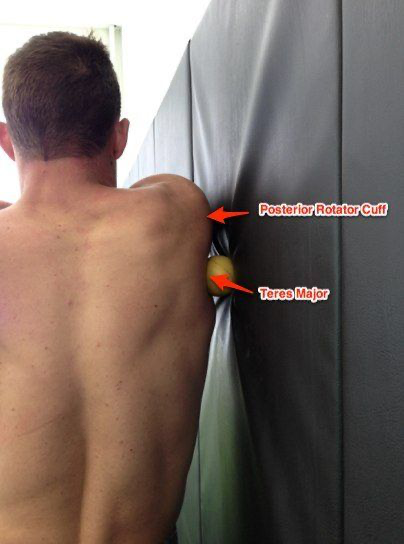
The Purpose of ART?
ART is used to treat symptoms with muscles, tendons, ligaments, fascia and nerves. Its purpose is 3-fold:
- to restore free and unimpeded motion of all soft tissues
- to release entrapped nerves, vessels and lymphatic drainage system
- to re-establish optimal feel, resilience and function of soft tissues.
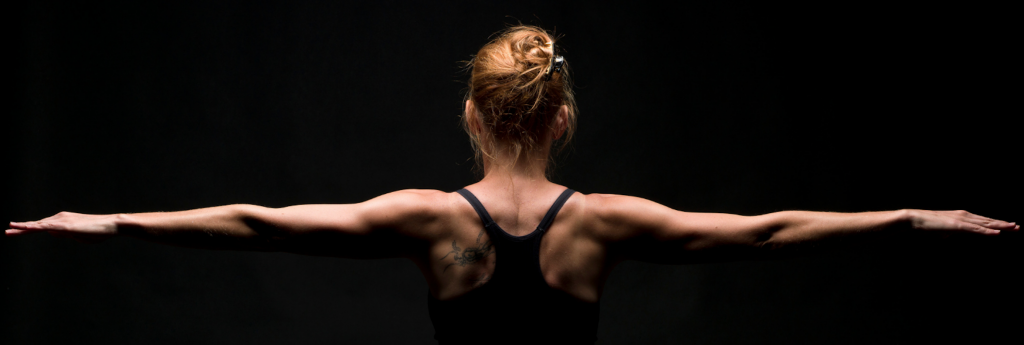
WHY many people would benefit from completing self-ART?
We live in an age, where because we sit for long periods of time in a poor position, our shoulders gradually become rounded. This leads to shortening and lengthening of muscles, that causes tightness and overloading of specific muscles and tendons. Consequentially, this leads to an increased likelihood of rotator cuff tears.
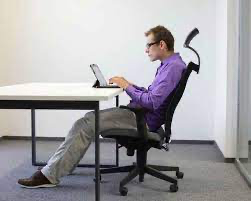
For this reason, regular self-deep tissue release is recommended in order to soften, warm and restore the relaxed and lengthened state of the tissues. Traditionally this is completed by massage therapists, but with the advancement of products and techniques, there are many self-ARTs that you can do very simply at home, saving you time, money and effort of travelling to a clinic. For any deep seated issues, that although these techniques may help may still persist, it would be recommended to see a GP or Physiotherapist to understand the cause.
HOW do you complete self-ART?
Tissues are prone to negative changes from trauma, such as swelling, and toughness of tissues. During treatment, you apply deep tension at the area of tenderness whilst you actively move the injury site from a shortened to a lengthened position. The placing of a contact point (ball) near the problem area and causing the patient to move in a manner that produces a sliding motion of soft tissues, e.g, nerves, ligaments and muscles beneath the contact point.
Short Example of How:
Easy = tennis ball
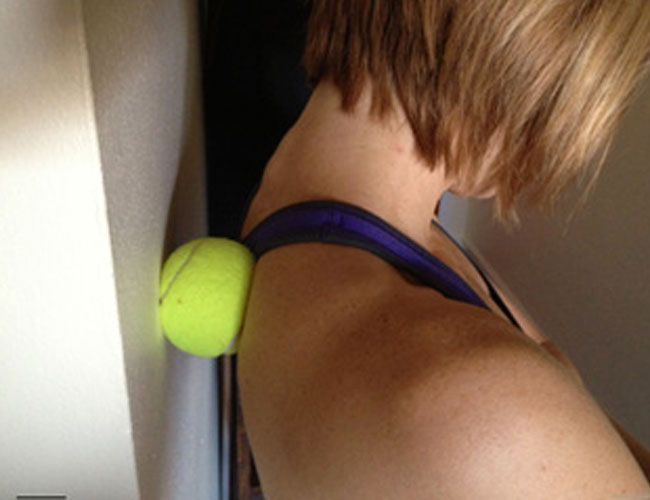
Easy – Tennis Ball
Medium = massage ball
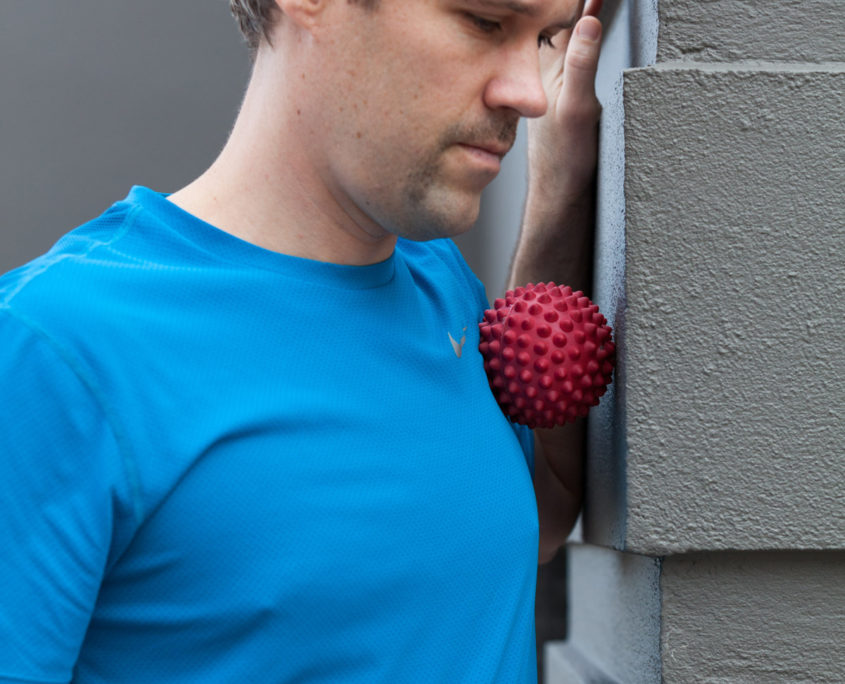
Hard = Lacrosse Ball
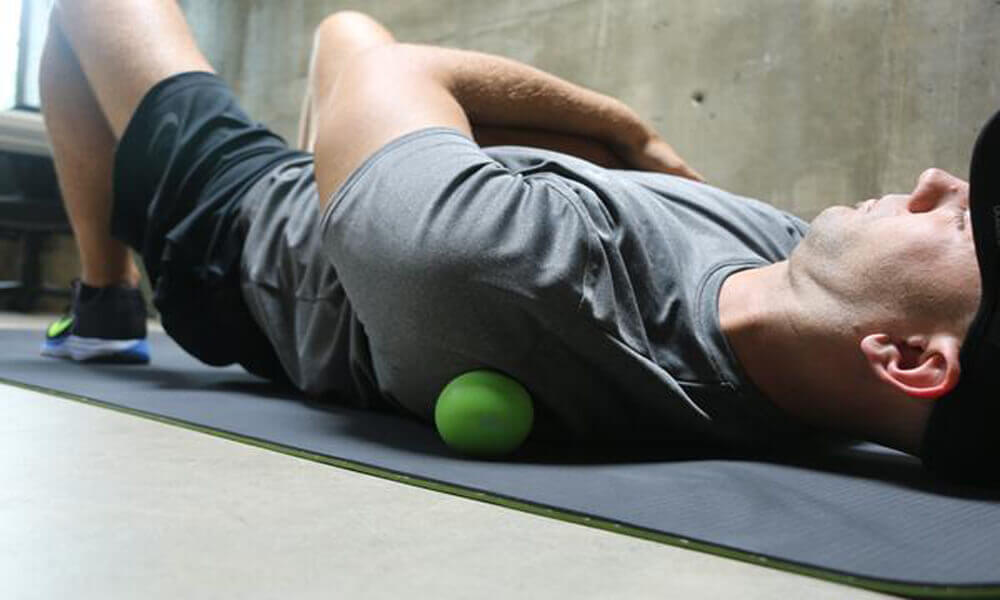
Variable settings = massage gun
References
- External coxa saltans (snapping hip) treated with active release techniques: a case report’, The Journal of the Canadian Chiropractic Association, 2006 September, volume 51, num. 1, pp. 23 – 29
- http://www.xcelart.com/shoulder-pain/
- https://www.onyourmark.nyc/post/2016/11/20/active-release-treatments-for-shoulder-injuries-and-pain-relief
